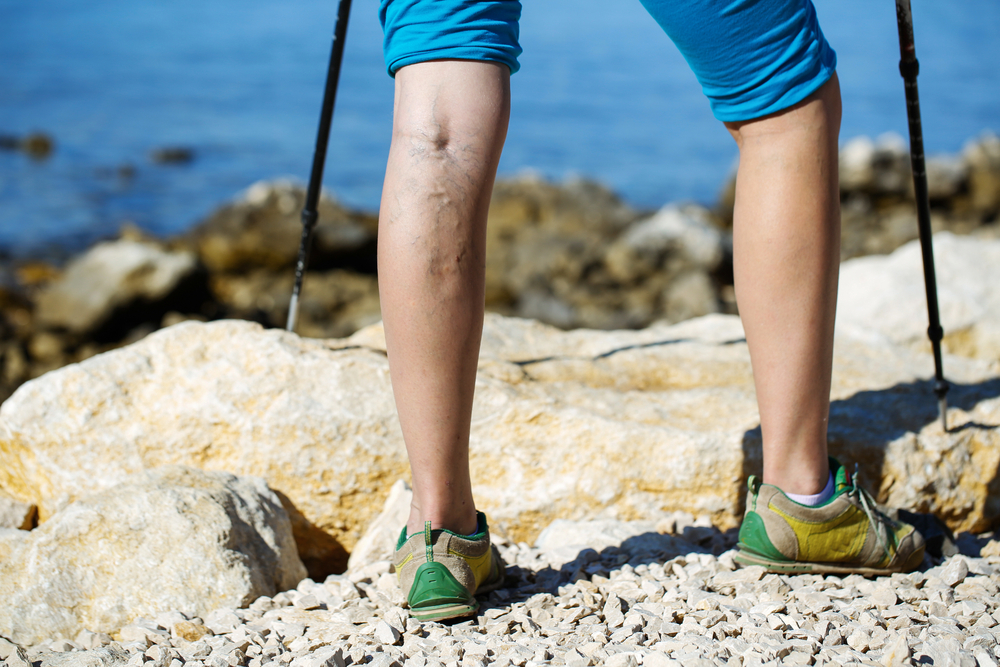Response from Dr. Manuel Abella of Abella Heart in Miami
That is a great question to ask, because there are a variety of issues that can occur with a person’s veins, and the symptoms can differ. And vein disease is very common! About one in three Americans over the age of 45 has some kind of vein disease.
Veins play an important role in your body’s overall health. They carry blood from the various parts of your body back to your heart. Blood carries oxygen and nutrients that keep all your body parts functioning. When the veins are damaged or diseased, it affects other parts of the body.
One of the most common ways that veins become diseased or abnormal is called varicose veins. This happens when veins are dilated, thickened and twisted, so blood doesn’t flow as it should. This can look very dramatic, with bulging veins in the legs. People with varicose veins often have leg swelling and leg pain. The same problem can occur in smaller blood vessels, and this results in small, discolored veins, called spider veins.
Here are some things to look for if you’re wondering if it’s time to go see a doctor:
- Aching pain is inhibiting your daily activities
- Your legs tire easily
- Your legs feel heavy
- There is swelling
- The skin is darkening on parts of your legs
- Numbness
- Itching
- Irritated rash on legs
Early symptoms such as these aren’t usually dangerous, though pain is never convenient, and should be resolved as soon as possible. But if these vascular issues aren’t taken care of, more serious problems can occur. Leg ulcers can form, which is an opening of the skin. Some people have clots in their veins, which can results in serious issues.
Deep vein thrombosis (DVT) is a serious issue for example. This is when a blood clot forms in a large vein in the leg. This most often occurs in the calf. About 800,000 Americans suffer from DVT. In addition to pain, fluid build-up and change in skin color, this can result in skin ulcers. DVT can also lead to blockage of an artery in the lung, which is life-threatening.
It is important to remember that vein disease symptoms often progress slowly, so that people don’t always realize how much their life is inhibited by vein issues. Patients who receive any one of the modern minimally invasive treatment options for vein disease are often surprised to find how quickly their quality of life improves. Correcting vein problems early can mean more energy, better looking skin, and avoidance of future problems.

